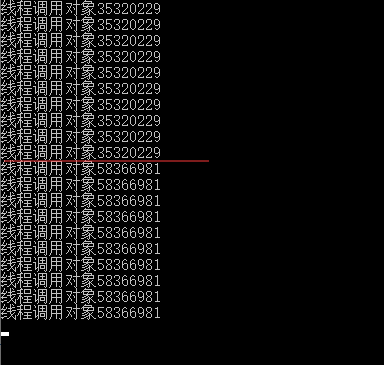C#单例模式的2种实现方式,Lazy模式和双检锁模式
1 public class MyClass 2 { 3 //volatile 关键字指示一个字段可以由多同时执行的线程修改。 声明为 volatile 的字段不受编译器优化(假定由单个线程访问)的限制。 这样可以确保该字段在任何时间呈现的都是最新的值。 4 private static volatile MyClass _instance; 5 private static readonly object InstanceLock = new object(); 6 public static MyClass Instance 7 { 8 get 9 { 10 if (_instance == null) 11 { 12 lock (InstanceLock) 13 { 14 if (_instance != null) 15 { 16 return _instance; 17 } 18 _instance = new MyClass(); 19 } 20 } 21 22 return _instance; 23 } 24 } 25 26 //在.NET 中这种模式已用 Lazy<T>类实现了封装,内部就是使用了双检锁模式。 你最好还是使用 Lazy<T>,不要去实现自己的双检锁模式了。这样非常的简洁 27 public static MyClass Instance2 = new Lazy<MyClass>(() => new MyClass()).Value; 28 } 29 30 class Program 31 { 32 33 34 static void Main(string[] args) 35 { 36 for (int i = 0; i < 10; i++) 37 { 38 Thread th = new Thread(() => { Console.WriteLine("线程调用对象{0}", MyClass.Instance.GetHashCode()); }); 39 th.Start(); 40 } 41 for (int i = 0; i < 10; i++) 42 { 43 Thread th = new Thread(() => { Console.WriteLine("线程调用对象{0}", MyClass.Instance2.GetHashCode()); }); 44 th.Start(); 45 } 46 47 Console.ReadLine(); 48 } 49 50 }
打印出的结果

posted on 2020-10-10 14:18 Shine-Zhong 阅读(1446) 评论(0) 收藏 举报




 浙公网安备 33010602011771号
浙公网安备 33010602011771号